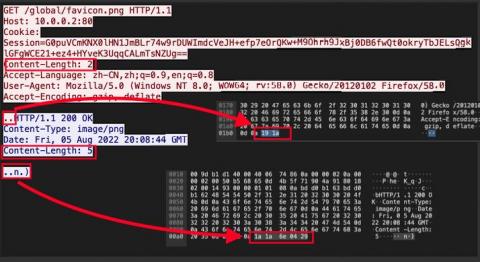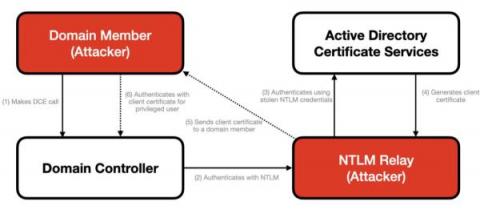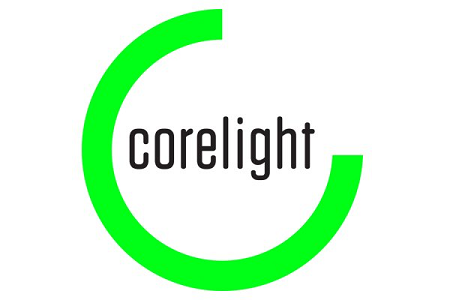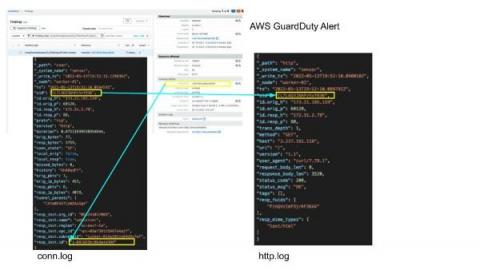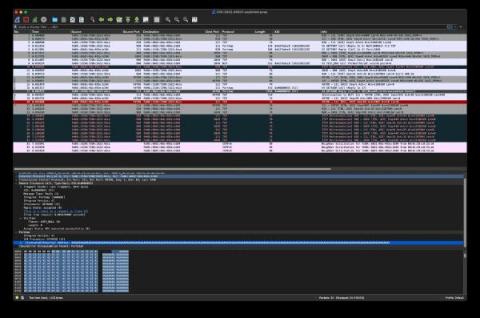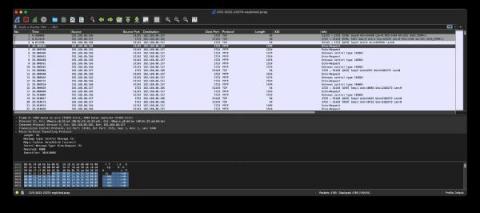BOD 23-01: Better visibility to reduce risk
“Knowing what’s on your network is the first step for any organization to reduce risk.” -CISA Director, Jen Easterly. On October 3, the Cybersecurity and Infrastructure Security Agency (CISA) issued Binding Operational Directive (BOD) 23-01: Improving Asset Visibility and Vulnerability Detection on Federal Networks.




